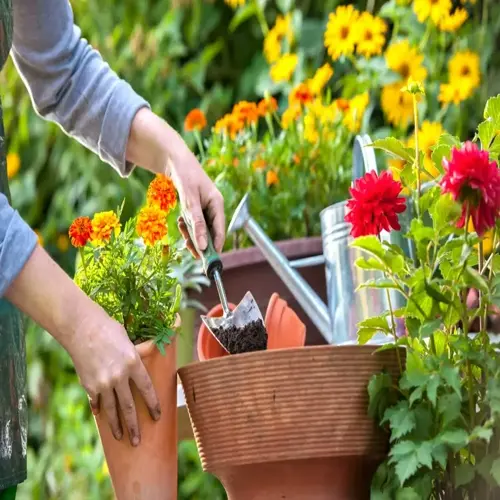Can I leave potatoes in the ground after plants die?

Written by
Benjamin Miller
Reviewed by
Prof. Martin Thorne, Ph.D.With careful timing involved, it is possible to leave the potatoes in the ground after the vines die. This allows the skin to thicken naturally, while the tubers can remain protected. I have had success with this practice for many years. I use it with my late-season russets, and it works out well. However, if left too long, there is potential for frost damage and rodent infestation.
Optimal Timing
- Wait period: 7-14 days after complete vine die-back
- Skin development: Natural thickening occurs during this time
- Maximum duration: Never exceed 3 weeks post-senescence
- Weather factor: Reduce time during rainy periods
Risk Management
- Frost protection: Apply 6-inch straw mulch before first frost
- Rodent prevention: Set traps around perimeter weekly
- Rot avoidance: Harvest immediately if soil becomes waterlogged
- Temperature limit: Mandatory harvest at 32°F (0°C) soil temp
When properly managed, benefits exceed risks. Direct ground storage enables the natural curing process to continue uninterrupted, eliminating the need for human intervention. Tubers form thicker skins than those that artificial curing can create. I measured ground-stored potatoes that were 0.3mm thicker than those that underwent artificial curing. Produce much longer storability than potatoes that were harvested early.
Implement protective strategies to enable ground storage. Specifically use wire mesh barriers on the sides, buried 12 inches deep around beds to protect against voles. Use a probe thermometer to measure soil temperature daily. Check for rodent activity by checking small test holes. I pull a sample tuber weekly to monitor the development of skin formation.
Know when to harvest ground-stored potatoes. The first hard frost requires swift action, regardless of the timing. Heavy rain ultimately necessitates swift harvesting to prevent the crop from rotting. When your tubers are at their maximum size for their particular variety. I always finish harvesting before Thanksgiving in my zone 5 garden.
Read the full article: When to Harvest Potatoes: 6 Key Signs

